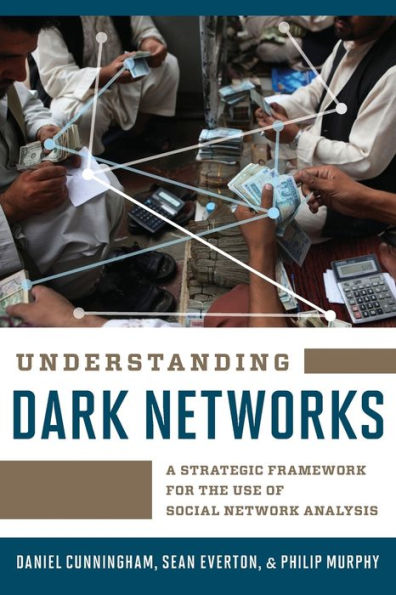Dark networks are the illegal and covert networks (e.g, insurgents, jihadi groups, or drug cartels) that security and intelligence analysts must track and identify to be able to disrupt and dismantle them. This text explains how this can be done by using the Social Network Analysis (SNA) method. Written in an accessible manner, it provides an introduction to SNA, presenting tools and concepts, and showing how SNA can inform the crafting of a wide array of strategies for the tracking and disrupting of dark networks.
1123091735
Understanding Dark Networks: A Strategic Framework for the Use of Social Network Analysis
Dark networks are the illegal and covert networks (e.g, insurgents, jihadi groups, or drug cartels) that security and intelligence analysts must track and identify to be able to disrupt and dismantle them. This text explains how this can be done by using the Social Network Analysis (SNA) method. Written in an accessible manner, it provides an introduction to SNA, presenting tools and concepts, and showing how SNA can inform the crafting of a wide array of strategies for the tracking and disrupting of dark networks.
80.0
In Stock
5
1

Understanding Dark Networks: A Strategic Framework for the Use of Social Network Analysis
388
Understanding Dark Networks: A Strategic Framework for the Use of Social Network Analysis
388Paperback(Reprint)
$80.00
80.0
In Stock

Product Details
| ISBN-13: | 9781442249448 |
|---|---|
| Publisher: | Rowman & Littlefield Publishers, Inc. |
| Publication date: | 03/07/2016 |
| Edition description: | Reprint |
| Pages: | 388 |
| Product dimensions: | 6.00(w) x 8.90(h) x 1.20(d) |
| Age Range: | 18 Years |
About the Author
From the B&N Reads Blog
